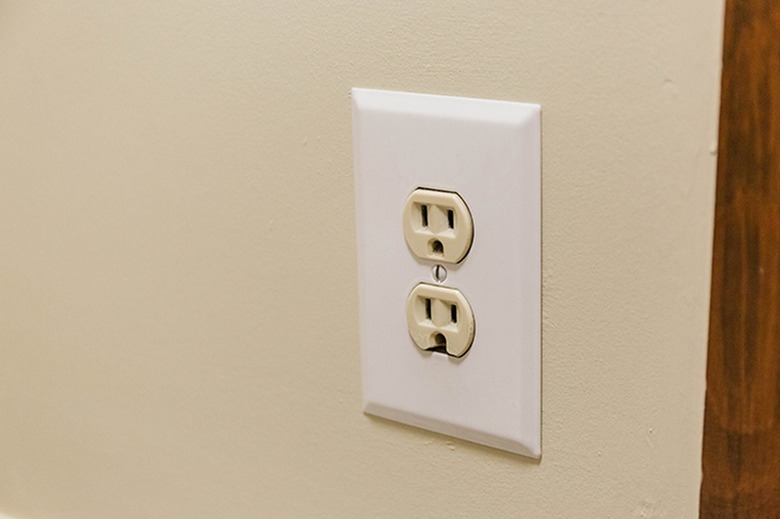What Is An Open Neutral?
We may receive a commission on purchases made from links.
Anyone who has done any electrical wiring knows that one of the wires in every 120-volt circuit (the black one) is hot, while the other wire (the white one) is neutral. The purpose of the neutral wire is to complete the electrical circuit back to the panel and, ultimately, back to the line transformer. When this wire gets disconnected, strange things happen.
The Effects of an Open Neutral
The Effects of an Open Neutral
When you have an open neutral at a particular device, there's a disconnect in the white wire. Electricity can still flow to the device through the hot wire, but it can't return to the panel. The device won't work, but you can still get a shock from it because it's energized. The same is true for all devices wired after it in the circuit.
An open neutral occurs in the panel when a break occurs in the neutral wire that connects the panel to the line transformer. The main effect is that the lights in the house dim and get brighter for no apparent reason. Some lights may get bright enough to burn out.
The Purpose of the Neutral Wire
The Purpose of the Neutral Wire
The standard in North America is to supply 240-volt electricity to the panel and split it into two 120-volt circuits. This standard owes much to Thomas Edison, whose original devices ran on 120-volt DC power. European countries and other countries originally adopted the 120-volt standard but switched to 240 volts in the interest of efficiency. The North American design makes both 240- and 120-volt power available in every household.
Electricity feeds into the panel via a pair of hot wires, one black and one red, with a voltage of 240 volts between them. You can connect 240-volt devices such as dryers and stoves to both wires, and the wires will form a complete circuit.
Lights and small appliances run on 120-volt power, and that's where the neutral wire comes in. By connecting a device to one of the hot wires and the neutral wire, you create a 120-volt circuit because that's the potential between each hot leg in the panel and ground.
An Open Neutral in the Panel
An Open Neutral in the Panel
When a break occurs in the main neutral between the panel and the line transformer, both hot wires are still energized. Electricity flowing in one hot leg can't find a return path through the neutral wire, so some flows to ground and some flows through the other hot leg.
The result is that all circuits in the house essentially become 240-volt circuits, and because the two hot legs are connected, the load on one leg affects the load on the other. Lights on the leg with the smaller load get more power, and they get brighter, while those on the leg with the larger load get dimmer.
This is a dangerous situation because devices can overheat and start a fire. You should call an electrician as soon as possible.
Finding an Open Circuit
Finding an Open Circuit
If one or more outlets won't work, you could have an open hot outlet or an open neutral. If the hot is open, the outlet and all those connected to it will be completely dead. If there's an open neutral, the outlets won't work, but they will still be energized. Use a plug-in circuit tester to check for an open hot or open neutral.
If a string of lights or outlets tests for open neutral, you'll probably find the disconnection in the device closest to the panel. It's often a loose connection, and if so, the tester will fluctuate between "open neutral" and "normal" when you wiggle the device.
An outlet or light switch with an open ground will still function, but because it lacks a safe path to earth, that device could give you a shock.
